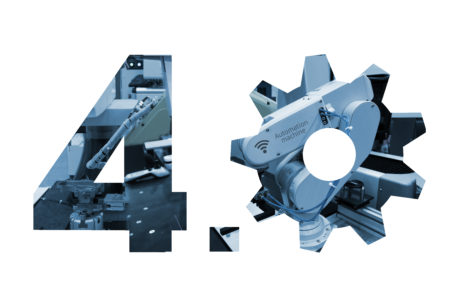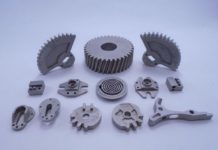 Mechanic and fluidic transmission systems, as well as their components, are manufactured by companies at the core of the transformation 4.0, which is nowadays shared by all sectors.
Mechanic and fluidic transmission systems, as well as their components, are manufactured by companies at the core of the transformation 4.0, which is nowadays shared by all sectors.
Therefore, why should our dear gears not be the focus of an integrated design and simulation process or should they not be produced by machine tools 4.0, provided with sensors and connected to the cloud, equipped with closed loop measuring systems, with a system of communication with the tool and, in remote, with customers, besides, naturally, with a diagnostics system?
Not only smart factories, however, but also and especially smart power transmissions, able to collect operation data and to send them to the cloud, where they are analysed and processed, to supply information about machine conditions, accessible in remote to the maintenance personnel, who can programme interventions according to the detected damages and the forecasts on their evolution.
Moreover, transmissions 4.0 as essential parts of more complex systems, of which the transmission constitutes a fundamental component and therefore represents the key element for the digital transformation in several application ambits, such as wind power, railway, automotive, agriculture, just to mention some, to which the attribute 4.0 can be applied also and especially to the properties of the power transmission.
It is worth highlighting that the digitalization is not alternative to the “Gearbox Knowledge”, of which it is only a part; moreover, it shows some criticalities, connected with safety requisites, which presuppose deep transformations and different approaches.
First, digitalization cannot disregard the need of deeper and deeper knowledge of all aspects involved in the operation of transmissions: increasingly sophisticated physical models, able to foresee the responses to the various failure types, are the indispensable complement to sensors in a highly effective monitoring system able to maximise the operational efficiency of a machine.
Concerning instead the machinery safety, in a scenario where electrical, electronic, mechanical and hydraulic components coexist and are ruled by software, we cannot ignore that international regulations are imposing stricter and stricter requisites. Some concepts, traditionally prerogative of electric and electronic systems, like for instance PL (Performance Level), will increasingly extend also to hydraulic and mechanical components and some small manufacturers, today perhaps unprepared, will have to suit new scenarios.



